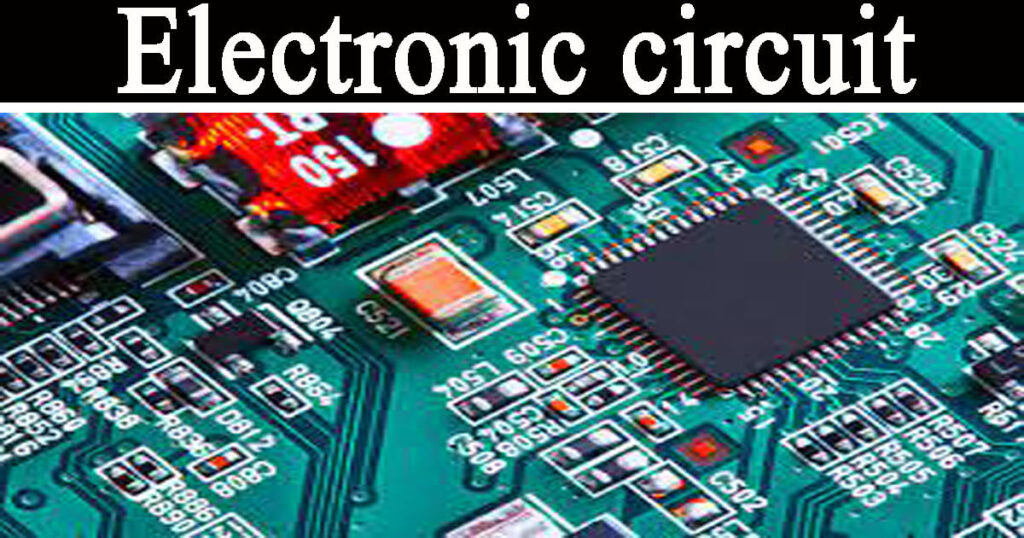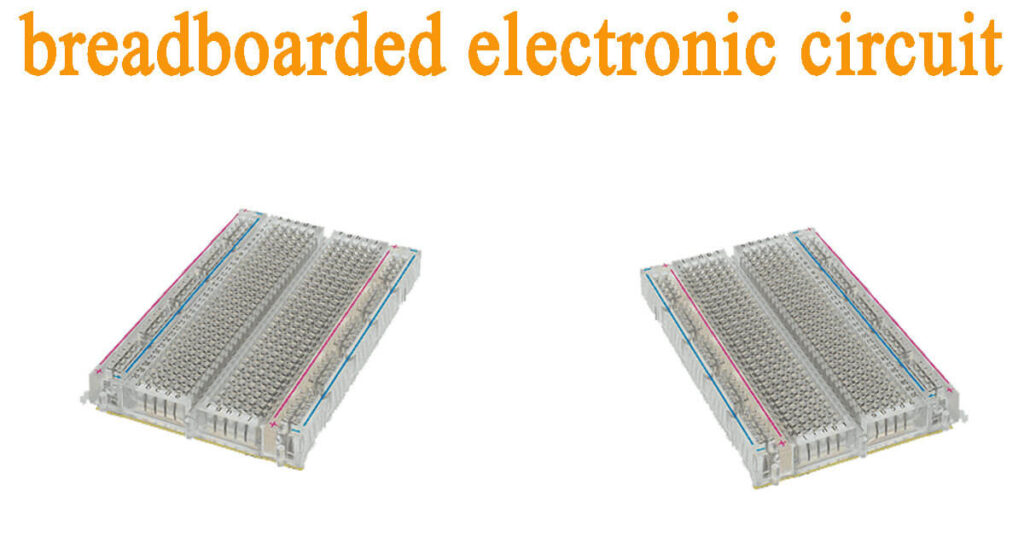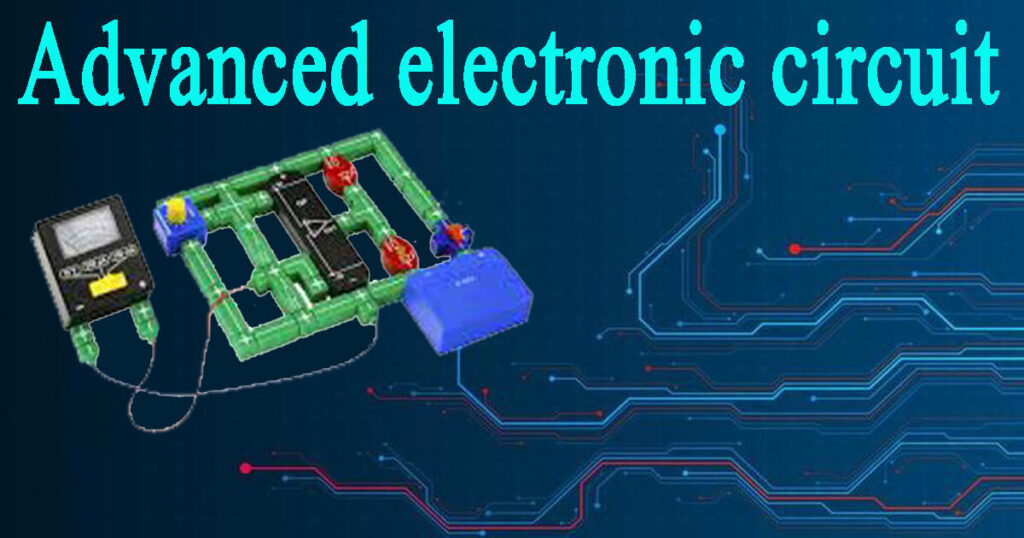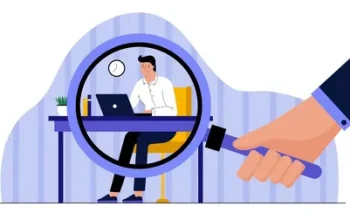1) Intro electronic circuit:

One of the most important parts of any electronic circuit is the electronic components, or parts that are used to create connections in circuits and allow electrons to flow through.If you’re looking to build an electrical circuit from scratch, or if you’re just looking to upgrade the old one, it’s helpful to know how different components work, what they’re good for, and how you can use them in your project. Here are 10 things you should know about electronic circuit boards
2) Connect all electronic components:
Once your electronic circuit is complete, you need to make sure it’s hooked up properly. This process can get confusing if you have a lot of wires and components, but it doesn’t have to be. A key first step is to make sure that all of your components are connected according to their polarity—if a wire or component has a plus symbol (+) next to its name, that means that side should be positive; conversely, any minus signs (-) indicate negative connections.Positive charges flow through positive wires, and negative charges flow through negative wires.
3) Put the circuit box:
If you’re using a printed electronic circuit board (PCB) to mount your components, pay close attention to what happens in that last step. This is where things can go wrong and create problems later on. Is everything lined up with enough space around it? Are any components close to or even touching any metallic traces? If so, you might want to look into a redesign of your PCB that reduces clutter or makes your design fit a bit better into your case. In some cases, you may have no choice but to use extra standoffs or other mounting materials. That said, it’s always good practice when possible to keep all of your components.
4) Solder it together circuit:
Building electronic circuit out of discrete components like resistors, capacitors, transistors and diodes is a great way to learn about electronics. These components are pretty easy to find around the house or in hobby shops. You can usually experiment with them on a breadboard (it’s basically an electronic prototype board that has lots of connect points) before trying them on your project. After you understand how these basic parts work, you’ll want to start building bigger and more complex projects—and that means it’s time to make some major investments in electronic tools.
5) breadboarded electronic circuit:

Remember when you first started out on a breadboard and everything looked like a mess of wires? It’s easy to forget how much time you spent fiddling with your electronic circuit to get it right. Instead, take photos or videos of your breadboarded circuit before you take it apart and transfer it to stripboard. You can then reference these pictures if you run into trouble in your final version. For example, maybe you put a resistor in backwards; looking at a picture will remind you which way round it should be! And don’t worry if everything doesn’t fit onto one page; just use separate sheets of paper or spreadsheets if necessary.
6) Build on previous knowledge:
If you’re looking to learn about electronic circuit but don’t have a computer science degree, that’s okay. You can still make great strides toward understanding electronics and building your own circuits by starting from a place of shared knowledge. Look up tutorials online to get an introduction to basic electrical concepts and key vocabulary (ohms law, resistors, capacitors) before diving into circuit theory and practice. This will help you build on previous knowledge instead of reinventing. Which is always easier than trying to figure things out on your own.
7) Advanced electronic circuit:

When you’re first starting out, you want to get projects that offer plenty of challenges and push your boundaries. No need to worry about things like cost or space. After all, it’s better to try a few large and complex projects now, instead of never having tried anything at all. You become the more comfortable with building electronic circuit.There are always new ideas for projects being developed at sites like Instructables or element14; simply search for circuit.



